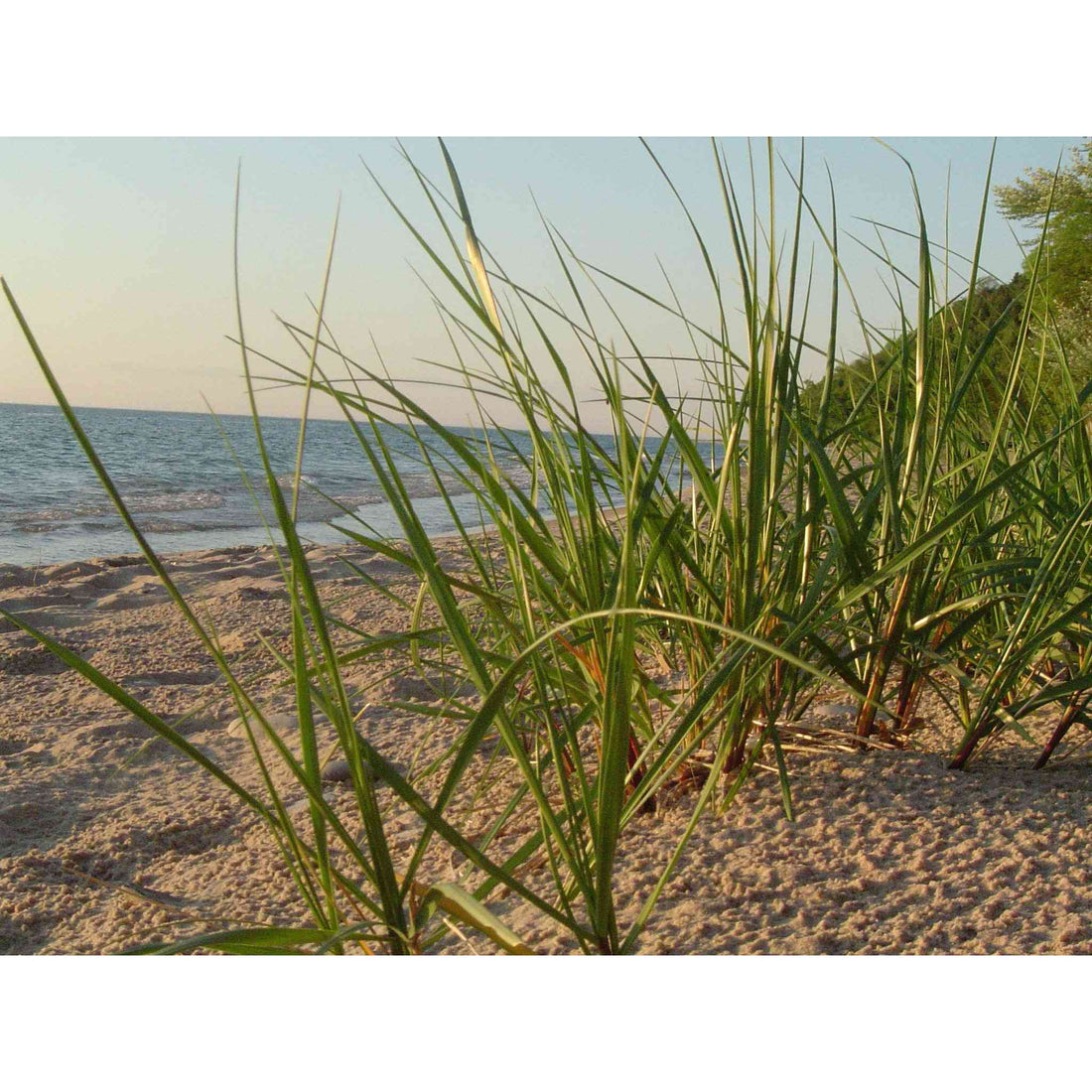Ammophila breviligulata, also known as American beachgrass or marram grass, is a vital player in the ecology of the Great Lakes shorelines. This tenacious grass thrives in the harsh environment of sand dunes, where strong winds and shifting sands pose a constant challenge.
Holding the Line Against Erosion
Beachgrass plays a crucial role in stabilizing sand dunes. Its extensive network of underground rhizomes, which can grow up to 3 feet deep, acts like an anchor, binding the sand particles together and preventing erosion. As wind blows sand, it gets trapped around the shoots, gradually building up the dunes. These dunes act as a natural barrier, protecting the coast from the erosive forces of waves and storms.
A Haven for Wildlife
The stable environment created by beachgrass provides habitat for a variety of wildlife. Beach nesting birds like piping plovers and least terns find refuge among the dunes, while small mammals use them for shelter and burrowing. The healthy dune ecosystem also supports a diverse range of insects and plant life.
A Threatened Treasure
Unfortunately, human activity and invasive species pose a threat to beachgrass and the dune ecosystems it helps create. Off-road vehicles can damage the fragile vegetation, while competition from invasive plants like European beachgrass (Ammophila arenaria) can crowd out the native species.
Conservation Efforts
The importance of beachgrass is well recognized, and conservation efforts are underway to protect and restore these vital habitats. Planting beachgrass is a common technique used to stabilize eroded dunes and promote their natural regeneration. Public education about the importance of staying off the dunes and respecting fragile coastal ecosystems is also crucial.
By protecting American beachgrass, we safeguard the health of the Great Lakes shorelines, ensuring their beauty and ecological value for generations to come.

